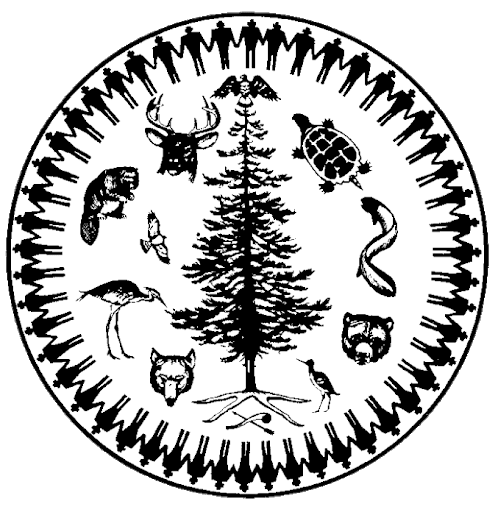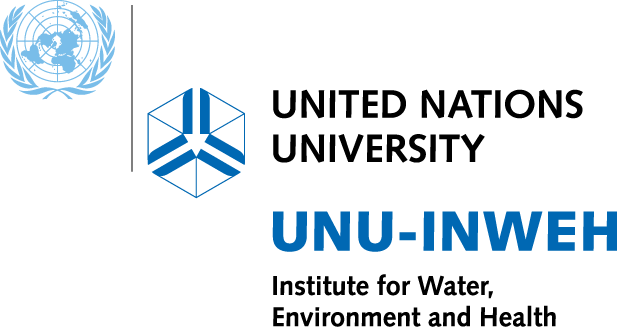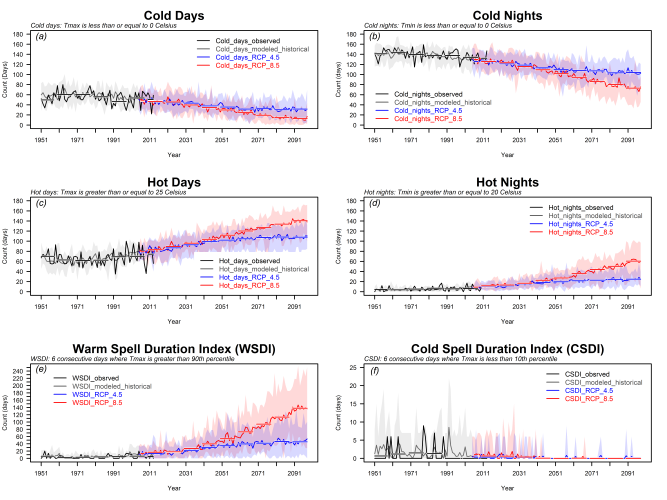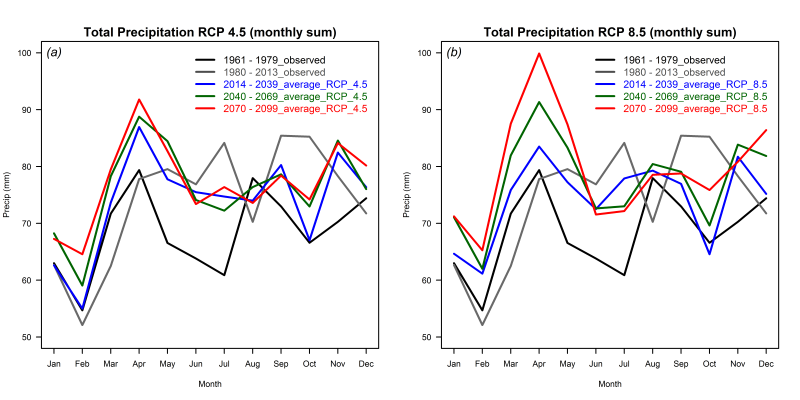Climate, Community and Indigenous Resilience
Impacts of Water Stress on Planning a Climate Secure Future
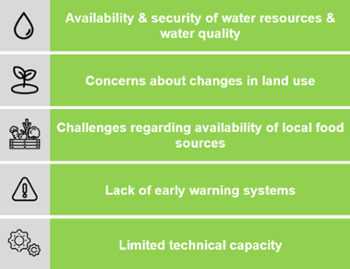
Indigenous people have a spiritual connection with nature which underpins every aspect of their lives including water, food, identity, language, and culture. This intimate relationship and their reliance on the land and its resources means that the environmental impacts resulting from climate change (such as rising temperatures, extreme weather events) are more severe for Indigenous populations. Despite the fact that Indigenous communities are better stewards of nature, their lands and natural resources are being further infringed upon by various government agencies, corporations, and businesses which have economic development (or exploitation in some cases) at the heart of their progress in the rapidly expanding anthropocentric (i.e. human-centred) society. Consequently, this is causing rapid degradation of the environment and natural resources as well as widespread loss of biodiversity (IPBES, 2019).
Community preparedness efforts to combat these threats are hindered due to a lack of resources and political marginalization [see Figure 1]. The United Nations (UN) World Water Development Report (2020) recognized that Indigenous peoples are much more susceptible to the effects of climate change and proposed adaptation strategies do not include the use of traditional knowledge. There is a growing acknowledgment that the integration of Indigenous Knowledge (IK) and Traditional Ecological Knowledge (TEK) can make significant contributions to climate change resiliency and adaptation at the local, regional, and global scales. The process of integration and harmonization of IK with TEK or Western Science is known as ‘co-creation’ and it is the strategy that is being used to implement and realize the benefits of IK/TEK.
Co-Creation of Indigenous Water Quality Tools
A Global Water Futures project led by McMaster University

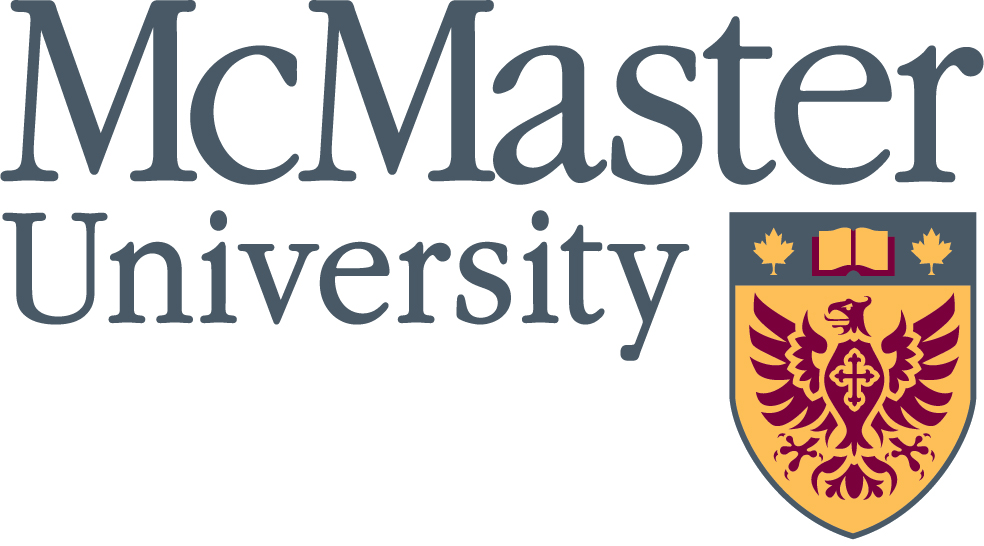
Through co-creation, and in line with the UN Sustainable Development Goal's, CCIWQT mainstreams prioritizing the inclusion of Indigenous peoples in global sustainability planning, providing them with the legal and political rights necessary to continue to safeguard the lands they have stewarded since time immemorial. CCIWQT has been working on creating a range of ‘tools’ to build capacity and resilience at the local level and some examples of ways through which they are achieving these goals include:
- Protocols and resources to help promote inclusive and ethical research, including information sharing on the proper use of Indigenous Knowledge (IK) and Traditional Ecological Knowledge (TEK), and
- Providing future climate predictions as well as downscaled climate datasets and flooding maps at the local level, infused with IK/TEK.
Tools and Framework for Addressing Ethical Research
 To help promote ethical research, CCIWQT researchers developed Indigenizing Research: A Resource Guide for Indigenous Peoples, Academics & Policymakers (2020). This guide is a "tool" that has been developed to help build capacity and resilience when conducting research and make decisions that involve Indigenous Peoples. The living document currently contains five sections that focus on different topics related to research with Indigenous people and contains a long list of additional reading resources.
To help promote ethical research, CCIWQT researchers developed Indigenizing Research: A Resource Guide for Indigenous Peoples, Academics & Policymakers (2020). This guide is a "tool" that has been developed to help build capacity and resilience when conducting research and make decisions that involve Indigenous Peoples. The living document currently contains five sections that focus on different topics related to research with Indigenous people and contains a long list of additional reading resources.Overall, this Indigenized Research tool aims to assist Indigenous people in understanding their research rights and guides researchers in ensuring that research conducted in Indigenous territories is environmentally and ethically sound and in line with the aspirations of these communities.
This resource guide was developed by members of the CCIWQT team with the purpose of sparking dialogue between indigenous communities, activists, academics, and policymakers. Indigenizing research involves weaving indigenous science, knowledge, experience, and worldviews into scientific research, which privileges Western science and the Euro-centric perspective.
In this document, you will find resources touching upon academic books and articles, ethical guidelines by government and Indigenous organizations, and decisions and standards held by international organizations. The contents include:
- Indigenizing Research
- Traditional Ecological Knowledge and Its Relevance
- Research Ethics
- Intellectual Property
- The Doctrine of Discovery, res nullius, and the Framework of Dominance
*Note that the document below is a "living document" and is updated periodically for content and format. Please contact CCIWQT with any questions*
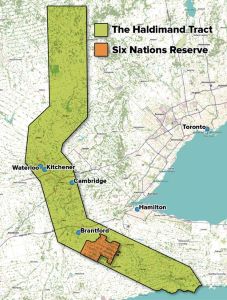
Climate Change Analysis - Six Nations of the Grand River in Ontario
Although it has been an international priority to address the threats and impacts of climate change, the key trends projected by large-scale international climate reports and national climate projects tend to either overlook or relatively underestimate climate variations at local and regional scales. CCIWQT's climate modelling work that is filling the gap for the geographic region of Six Nations of the Grand River reserve (Six Nations). Six Nations is Canada's most densely populated First Nations community, located in the Golden Horseshoe region of Southern Ontario. At Six Nations, also the home of project lead Dr. Dawn Martin-Hill (Mohawk, Wolf Clan), the research team is providing climate change projections on extreme temperatures, floods, droughts, pest infestations, and future impacts on water resources. Understanding the local future climatic trends and forecasts will help Six Nations better plan for the security of their water resources.
The results from the climate change predictions and hydrologic modelling indicate several trends that will have significant impacts on the ecology and water of Six Nations.
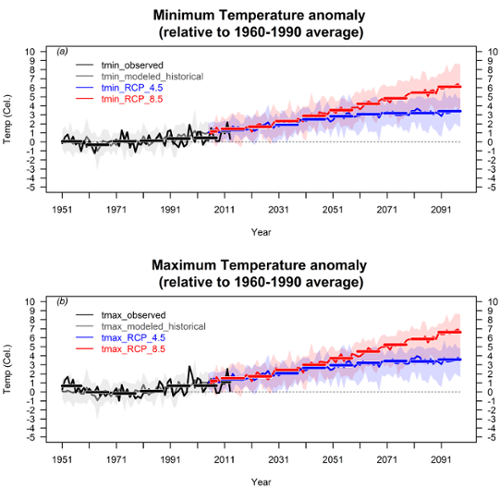
- Observed annual minimum and maximum temperatures at Six Nations have increased by 1.1oC between 1951 and 2013.
- These warming trends are projected (2006-2098) to continue to the end of the 21st century
- Maximum daily temperatures increasing by 3.6oC - 6.6oC
- Minimum temperatures increasing by 3.4oC - 6.1oC
- All monthly temperatures are projected to increase as well
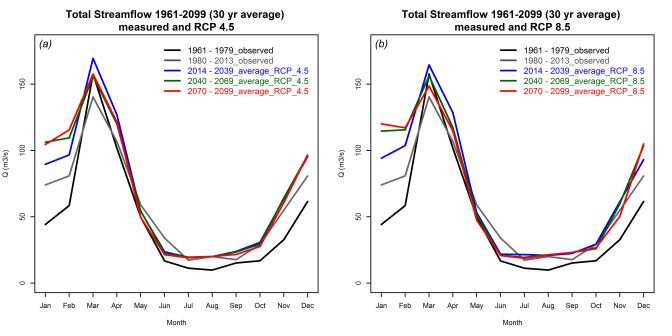
- Observed streamflow records (1961-2013) indicate increase in streamflow in winter, summer, and fall and decrease in spring months.
- Streamflow simulations for the end of the century (30 year average from 1961-2099) show
- winter streamflow will increase the most (due to increase in snowmelt), while early spring will decrease slightly
- summer and fall streamflow will largely remain unchanged
What are the RCPs?
RCP stands for Representative Concentration Pathway and they make predictions of how concentrations of greenhouse gases in the atmosphere will change in the future as a result of human activities.
- RCP 4.5: medium effort to curb emissions
- RCP 8.5: low effort to curb emissions
*Note: current emissions are tracking close to the RCP8.5 pathway
Climate Change Impacts at Six Nations
Overall, these climate and hydrologic predictions for the future have many significant implications for Six Nations, including:
- increased summer temperatures could have significant impacts on food production
- decreased precipitation during the growing season could cause droughts, severely impacting ecosystem and agricultural productivity
- increased flooding risk in the spring due to higher spring precipitation and rapid snowmelt
More detailed descriptions of the hydrologic and climate trends described in Climate change impacts in Six Nations of the Grand River, Ontario under 21st-century warming conditions (poster).
Implementing the Co-Creation Method

CCWIQT co-hosted the Haudenosaunee Summit on Climate Change (‘Summit’) in March of 2019 that brought members of the CCIWQT research team and community partners together at the Gathering Place by the Grand to discuss the progress on the project. The Summit included breakout working groups to interpret the findings together and to decide the future direction of the project. Along with informing the community about the research outcomes and providing future directions, the partnership exercise allowed for the infusion of IK and TEK into the research [Key Findings from the Summit].
As it relates to climate change, water governance, and building community resilience, the Summit facilitated an innovative and integrated approach to co-creative research. This process ensured that the project is community-led and is part of the adaptive process of community-based participatory research (CBPR).
Co-Creation Benefits for Six Nations
There is a critical imperative to prepare an integrated climate action plan to ensure a water and climate secure future for Six Nations. Climate change preparedness will be key in helping to secure a future for generations to come and, as indicated by both researchers and partners at the Haudenosaunee Summit on Climate Change, a holistic approach will be needed. a prudent and pertinent climate action plan will be one that incorporates mental, emotional, physical, and spiritual preparedness. The community recognizes that climate change is an enormous threat for the Haudenosaunee people and their culture, so the research team’s efforts will continue to target the co-creation of a broad range of holistic tools to prepare the community to adapt and mitigate to the current and approaching changes.
 The Kaswentha, or Two Row Wampum Treaty, was originally created in the 17th century to document
The Kaswentha, or Two Row Wampum Treaty, was originally created in the 17th century to document
an agreement between the Haudenosaunee Confederacy and Dutch Settlers. Learn more here.
More information
This article was adapted from the GWF2020 scientific poster Climate, Community and Indigenous Resilience: How Water Stress Impacts Planning a Climate Secure Future
For more information on this research and the co-creation methodology, please contact CCIWQT.




